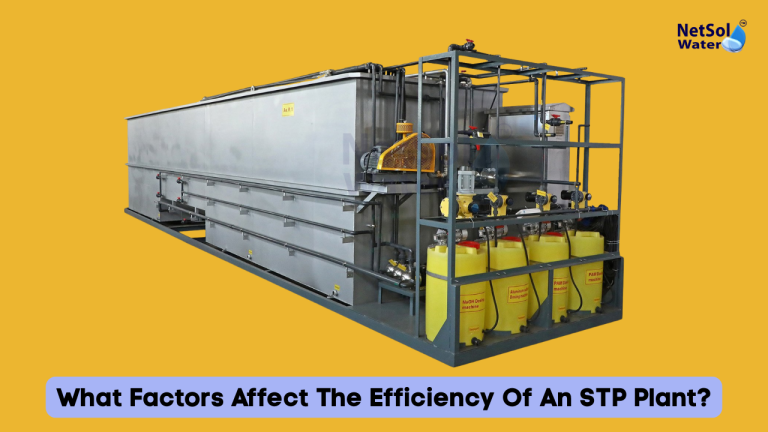
A sewage treatment plant is a big sewage treating facility that treats both sewage & its wastewater while protecting the environment. However, a number of significant factors might cause a wide range in a STP Plant’s efficiency. Knowing the components offered by a commercial RO plant that affect a STP’s effectiveness ensures that the process operates smoothly […]
Read more
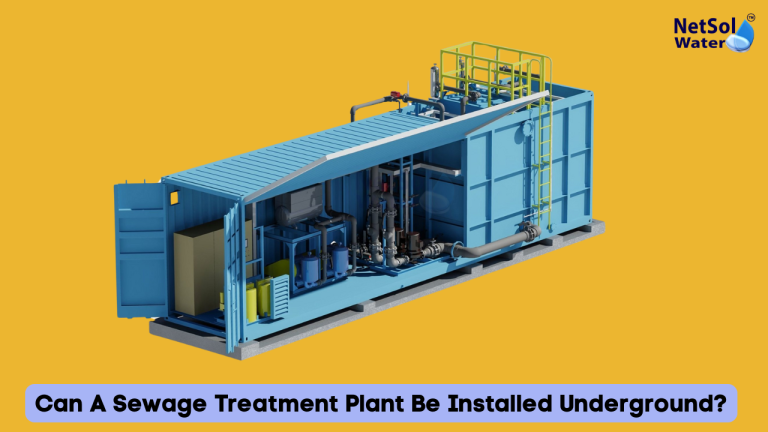
Many people enquire if it is feasible or not feasible to set-up & install sewage treatment plants facility underground. Underground installation of STP Plant is becoming increasingly prevalent as attention is drawn to the lack of available space, environmental preservation, & the preservation of urban & residential areas. Here, we’ll go over & check if installing sewage treatment […]
Read more
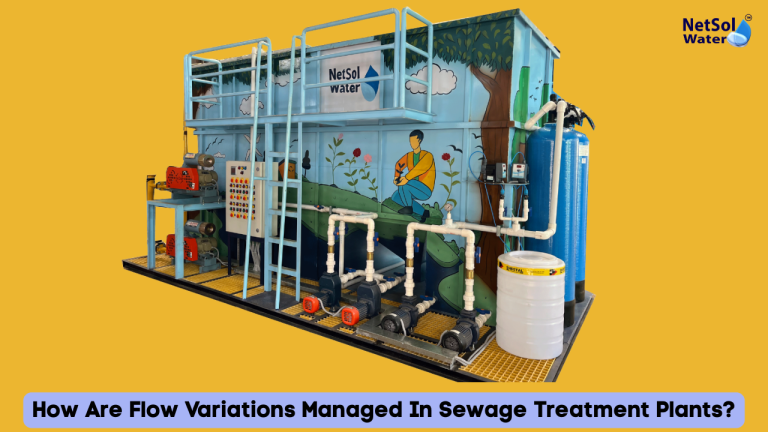
The term “flow variation in Sewage” describes variations in wastewater volume & rate that take place on every hour, every day, or seasonal basis. Because they affect the effectiveness & operation of wastewater treatment facilities, these variances are essential for sewage system design & management. What is Wastewater Flow Variation in Sewage? Variations in the […]
Read more
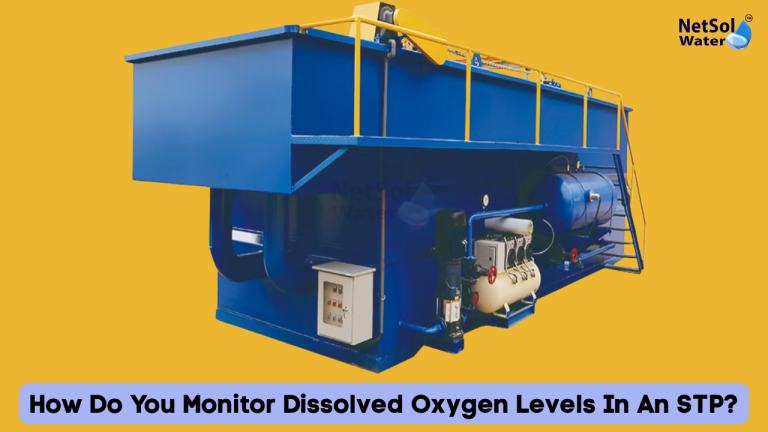
In a sewage treatment plant, there must be the right environment for bacteria and microorganisms. The most essential thing that keeps these tiny helpers alive and working optimally is oxygen—preferably, the amount of oxygen dissolved in the water. This is referred to as dissolved oxygen levels in an STP. It assists operators in knowing how […]
Read more
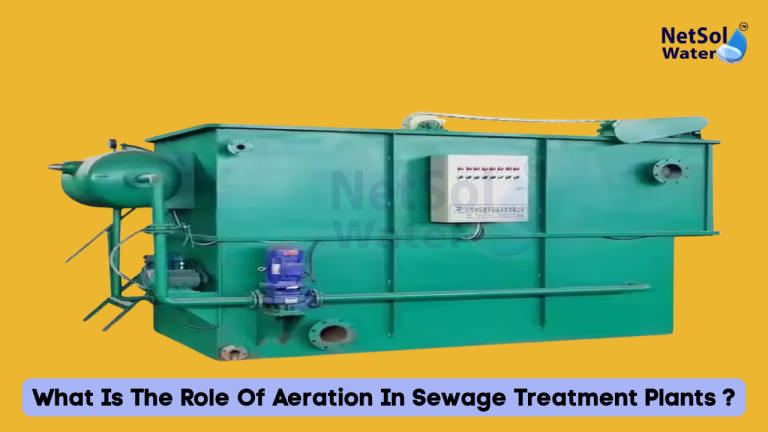
Sewage treatment is a fundamental procedure to clean wastewater before disposal to nature. Of numerous procedures included, aeration is a fundamental procedure. Without adequate aeration of sewage, biochemical processes to break down polluting chemicals in sewage would neither be effective nor feasible. This blog will be talking about the what is the role of aeration […]
Read more
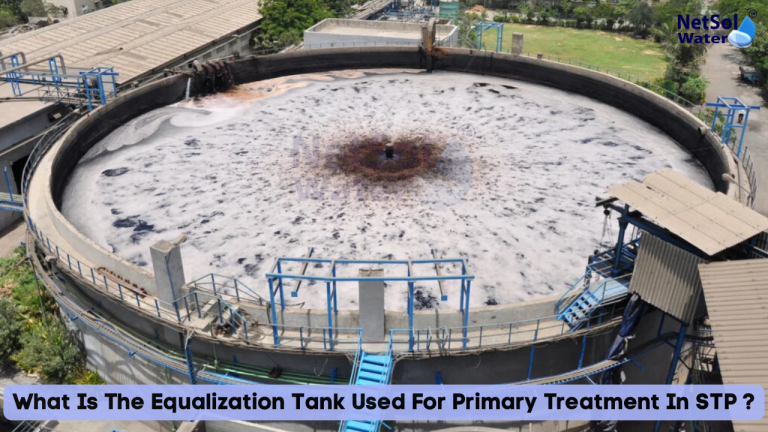
Daily fluctuation along with wet weather occurrences cause influent flows to fluctuate, which equalization tanks are employed to control. In order to keep solids suspended, stop deposition, plus balance the load on the treatment plant, mixing is required in these basins. The rectangular design of the tank allows for the positioning of air diffusers to […]
Read more
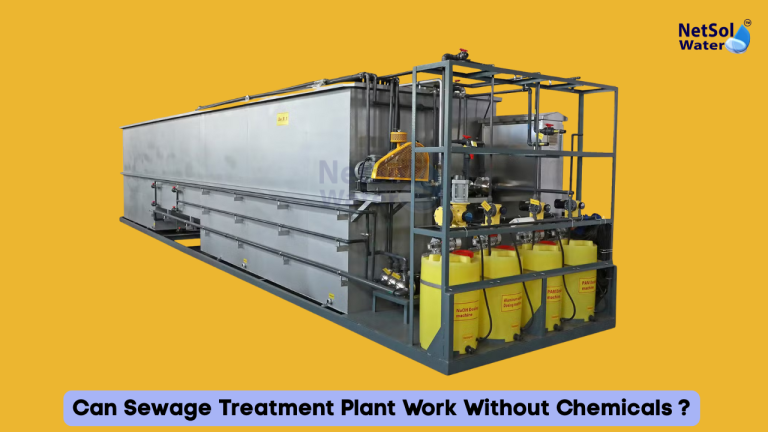
Sewage treatment plants play a key role in cleaning wastewater before it returns to nature. The challenge of wastewater treatment lies in removing harmful solids and pathogens from water. Chemical dosing offers a fast path to remove particles. Yet it also brings cost and handling concerns. Many experts now ask if sewage treatment plant can […]
Read more
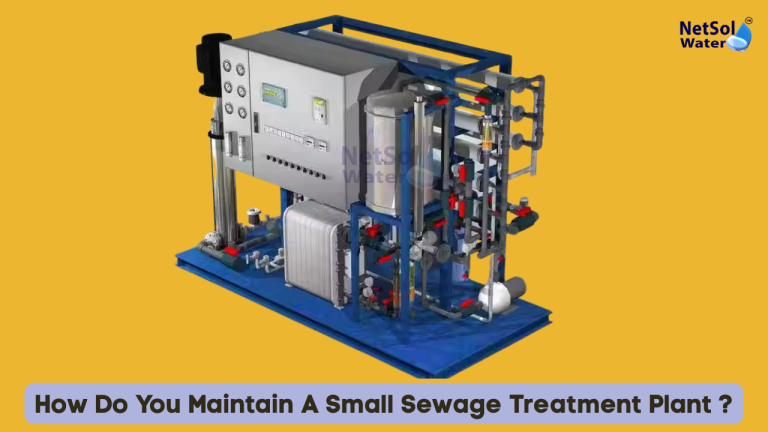
Maintenance of a small sewage treatment plant is necessary on a regular basis to make it efficient, long-lasting, and produce safe, treated water. It can be used by a community, a business organization, or for residential purposes, but routine maintenance avoids many problems like objectionable odors, unsatisfactory quality of water, and mechanical failures. In this […]
Read more
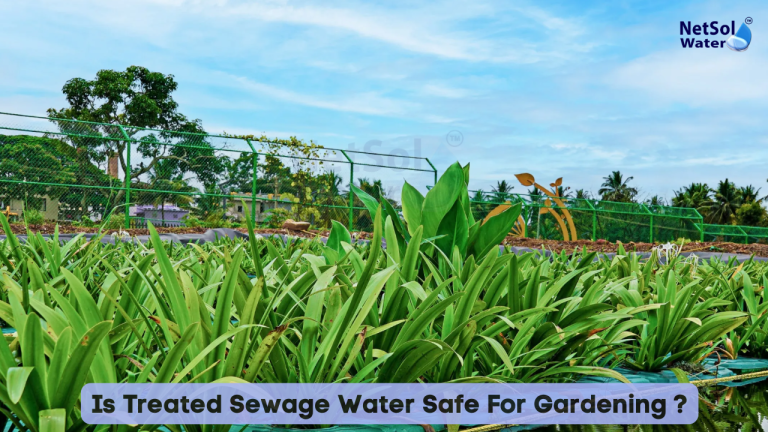
Irrigation demands require innovative solutions beyond traditional water sources including treated sewage water amid mounting water shortage problems. The main question people ask is whether treated sewage water safe for gardening. The blog explores treated sewage water safety as well as its usage in gardening while focusing on its major connected concerns. What is Treated […]
Read more
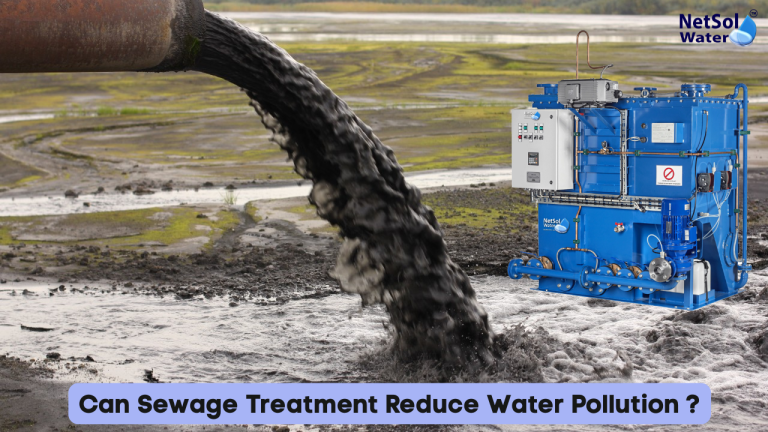
Today water pollution ranks among the world’s most destructive issues because it harms ecosystems and human health and hinders access to clean drinking and recreational water. Toxic chemicals together with bacteria and other pollutants in untreated sewage serve as one of the main sources of water contamination. The situation would resolve with proper sewage treatment. […]
Read more










